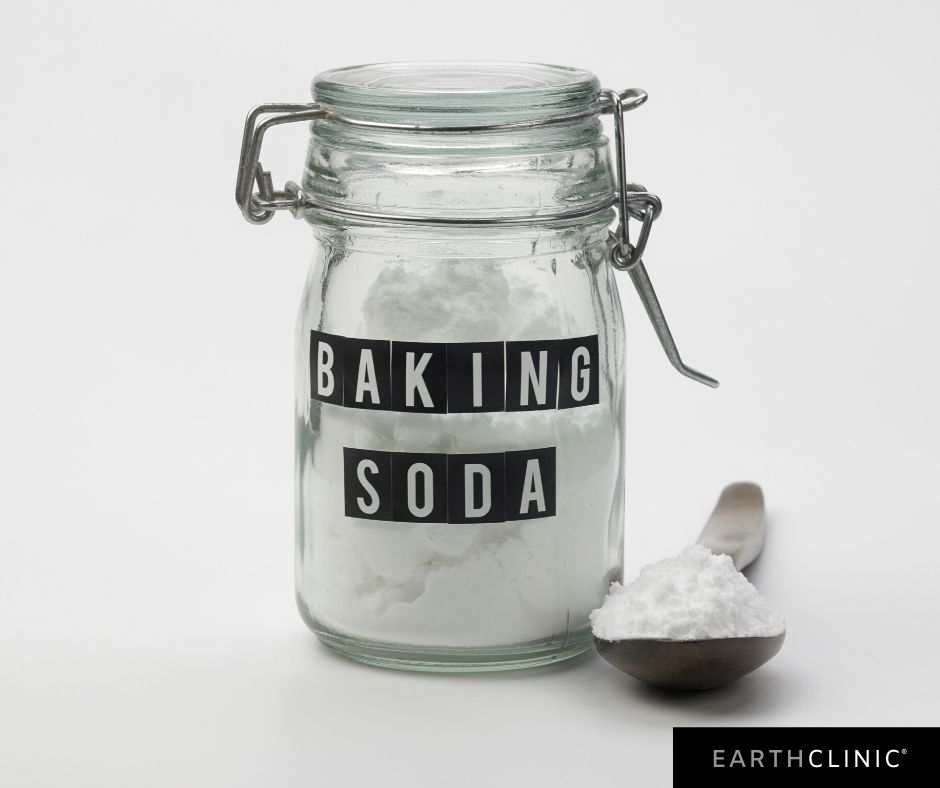
Melanoma, a severe form of skin cancer, has seen an expanding range of treatment options, including the integration of natural remedies. These complementary or adjunctive treatments involve substances like eggplant, baking soda, hydrogen peroxide, and specific dietary supplements. Each of these natural remedies brings unique properties that may aid in managing skin cancer when used alongside conventional therapies.
Although personal accounts suggest effectiveness, these natural remedies do not substitute professional medical attention, particularly in severe cases such as melanoma. Embracing a holistic approach combining traditional medical treatments and natural remedies may help improve overall patient well-being and potentially enhance treatment outcomes.
Melanoma is the most aggressive form of skin cancer, originating in melanin-producing cells, or melanocytes. As melanocytes are responsible for skin pigmentation, melanoma often manifests on sun-exposed skin, although rare instances may occur in the eyes or internal organs like the intestines.
The exact cause of melanoma remains uncertain, but ultraviolet radiation exposure is a recognized risk factor. Common initial melanoma symptoms include alterations in an existing mole or the emergence of a new pigmented or unusual growth on the skin.
While the optimal melanoma treatment hinges on the cancer stage and the patient's overall health, alternative approaches frequently complement standard medical care. Natural remedies such as eggplant, bloodroot, essiac tea, and food-grade hydrogen peroxide offer unique components that may help treat and eliminate affected skin cells.
Eggplant is loaded with potent phytonutrients that target melanoma cells. Its glycosides and glycoalkaloids can penetrate and eradicate cancer cells, sparing healthy cells. Topical eggplant application or a macerated mixture with vinegar can enhance its effectiveness.
Bloodroot, a derivative of a perennial flowering plant indigenous to North America, boasts a unique chemical called sanguinarine. This compound triggers apoptosis, selectively killing cancer cells while preserving normal cells.
Essiac tea is an herbal blend containing burdock root, slippery elm bark, sheep sorrel, and Indian rhubarb root. Regularly consuming this tea may fortify the immune system, mitigate pain, shrink tumors, aid in cell repair, and alleviate inflammation.
Food-grade hydrogen peroxide is another natural remedy that some individuals explore for adjunctive melanoma treatment. It's crucial to note that it's called 'food grade' because it lacks the stabilizers in the hydrogen peroxide commonly used for household cleaning. This variant contains a higher concentration of hydrogen peroxide (35%) and requires cautious handling and dilution before use.
The theory behind using hydrogen peroxide for melanoma lies in its oxidizing properties. Cancer cells thrive in an environment with low oxygen levels, and introducing an oxidizing agent such as hydrogen peroxide is believed to increase oxygen levels within cells, thereby inhibiting cancer growth.
Applying food-grade hydrogen peroxide topically on melanoma lesions is one method of use. However, due to its high concentration, it's vital to dilute it properly before applying to avoid skin burns. Typically, a 3% hydrogen peroxide solution is safe for topical application.
Ingesting diluted food-grade hydrogen peroxide is another method some alternative medicine proponents suggest. The idea is that ingesting it can increase the body's overall oxygen levels and potentially curb cancer growth. However, this practice is highly controversial due to potential risks, including gastrointestinal irritation or damage, and should only be considered under professional guidance.
In a compelling anecdote, an Earth Clinic reader from Alexandria, VA, shared her 80-year-old father's success story in managing a cancerous growth with a homemade remedy. Facing multiple health issues, her father had a growth that was left untreated for six weeks due to various medical concerns. The pain and anxiety from this growth prompted them to seek a simple, accessible solution.
After researching, they decided to try a topical blend of baking soda (sodium bicarbonate) and coconut oil, applying it to the affected area under a bandaid twice daily. The logic behind this remedy was that baking soda could create a highly alkaline environment hostile to cancer cells, while coconut oil would soothe and protect the skin.
After 6 to 9 days of diligent application, her father reported that the pain completely subsided, and the growth began to shrink. By the end of two weeks, the growth had reduced significantly, approximately 85% smaller. During this time, her father felt the baking soda had a slight burning sensation, indicating its active role in the healing process. To prevent any discomfort to the surrounding healthy skin, they proposed applying Vaseline around the treatment area in the future.
Following this home treatment, her father returned to his oncologist for a follow-up visit. His doctor declared him 100% cured, expressing astonishment at the transformation. Images captured before and after the treatment provided visual evidence of the significant reduction in the cancerous growth's size. You can read her post and see his photos under our Coconut Oil and Baking Soda here.
While discussing melanoma treatment, it's equally important to highlight prevention strategies and early detection. Limiting sun exposure, especially during peak hours, and regularly applying high-SPF sunscreen can significantly decrease the risk of melanoma. Additionally, wearing protective clothing and hats, along with using UV-blocking sunglasses, can also protect your skin.
Regular self-examinations for changes in the appearance of moles or the emergence of new growths can aid in early detection. If you observe any suspicious skin changes, it's essential to seek immediate medical attention. Remember, early detection of melanoma significantly improves the chances of successful treatment.
In addition to the discussed natural remedies, a balanced diet rich in fruits, vegetables, whole grains, lean proteins, and healthy fats can enhance your overall health and potentially support your body in preventing and fighting diseases, including melanoma. Regular physical activity, adequate sleep, and stress management are also integral to maintaining a healthy lifestyle, which can contribute to better cancer outcomes.
As a closing note, consult your healthcare provider before starting any new treatment regimen, especially when considering natural remedies for serious conditions like melanoma.
Further down, you'll find feedback from Earth Clinic readers who have trialed these remedies. They provide valuable insights and warnings about their experiences. Please share what has worked for you!
